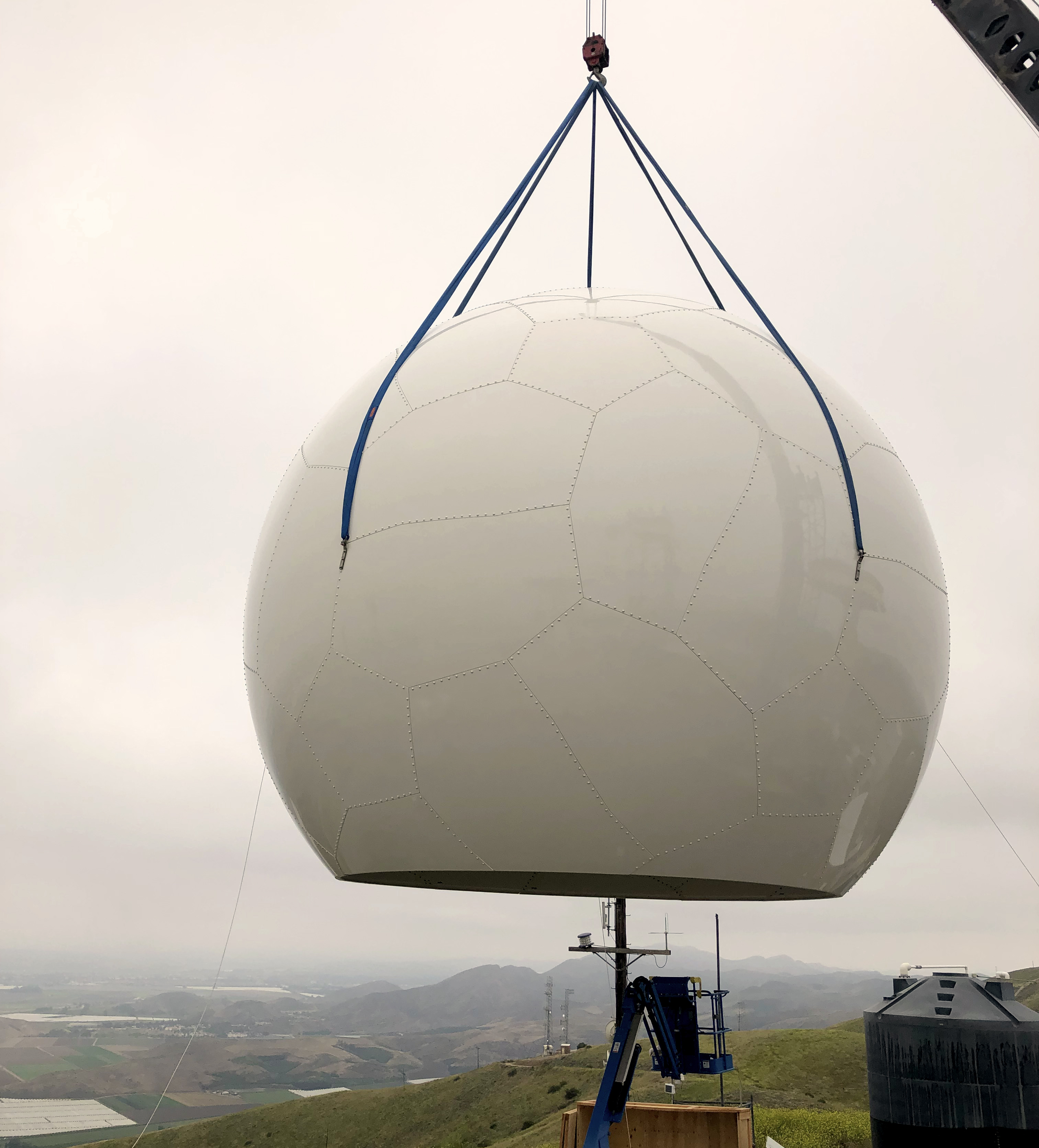MECHANICAL & ENVIRONMENTAL ANALYSIS
At ITI-RCS, we prioritize the unwavering structural integrity of our radomes. Our thorough analysis adheres to widely recognized engineering standards for buildings and various structures, ensuring compliance with mechanical and environmental requirements. To ascertain material properties, we empirically generate data from test coupons manufactured using the same materials and processes employed in the production environment. Additionally, we meticulously assess unique wind conditions in mountainous terrain, gorges, ocean promontories, and special wind regions, whenever necessary, to account for any unusual factors.

Standard Configuration for All ITI Radomes
- Wind speed of 155mph [250km/hr]
- Snow or ice load of 50lb/sqft [235-kg/m2]
- Factor of safety rating of 2.0 for radomes 22ft [6,7m] and larger, and 3.0 for smaller units
We evaluate each radome to ensure the customer’s specific requirements are met or exceeded. To achieve this, we offer a diverse range of radome models designed to withstand higher wind speeds, heavier snow and ice loads, and other atypical environmental conditions. Our configurations consistently adhere to self-imposed structural safety factors, ensuring compliance and reliability.
While basic wind speed is important, we recognize that other environmental factors significantly influence structural requirements. Therefore, all new radome configurations undergo Finite Element (FE) analysis. This analysis enables us to accurately determine the structural loads specific to the operating environment of the radome. By considering these factors, we ensure a structurally viable and durable design for optimal performance.
Site Variables
- Mounting configuration - ground or elevated (tower, building, etc)
- Basic wind speed and directionality
- Gust effect factors
- Importance factor - hurricane and non-hurricane locations
- Terrain exposure - vegetation
- Topographic factors - mountains, gorges
Snow and Ice Loading
- Balanced loading
- Unbalanced loading
- Exposure factor
- Thermal factor
- Importance factor
